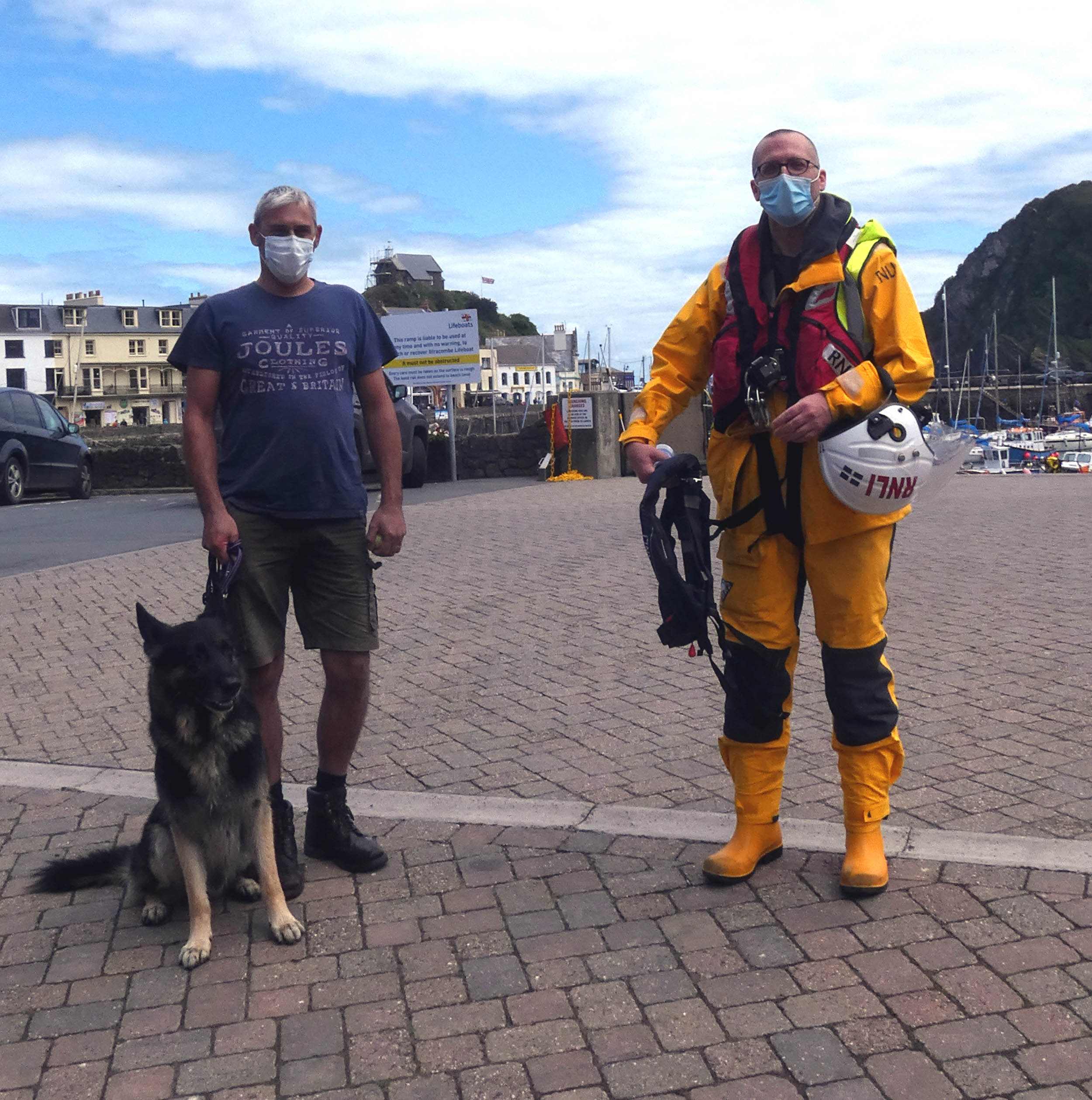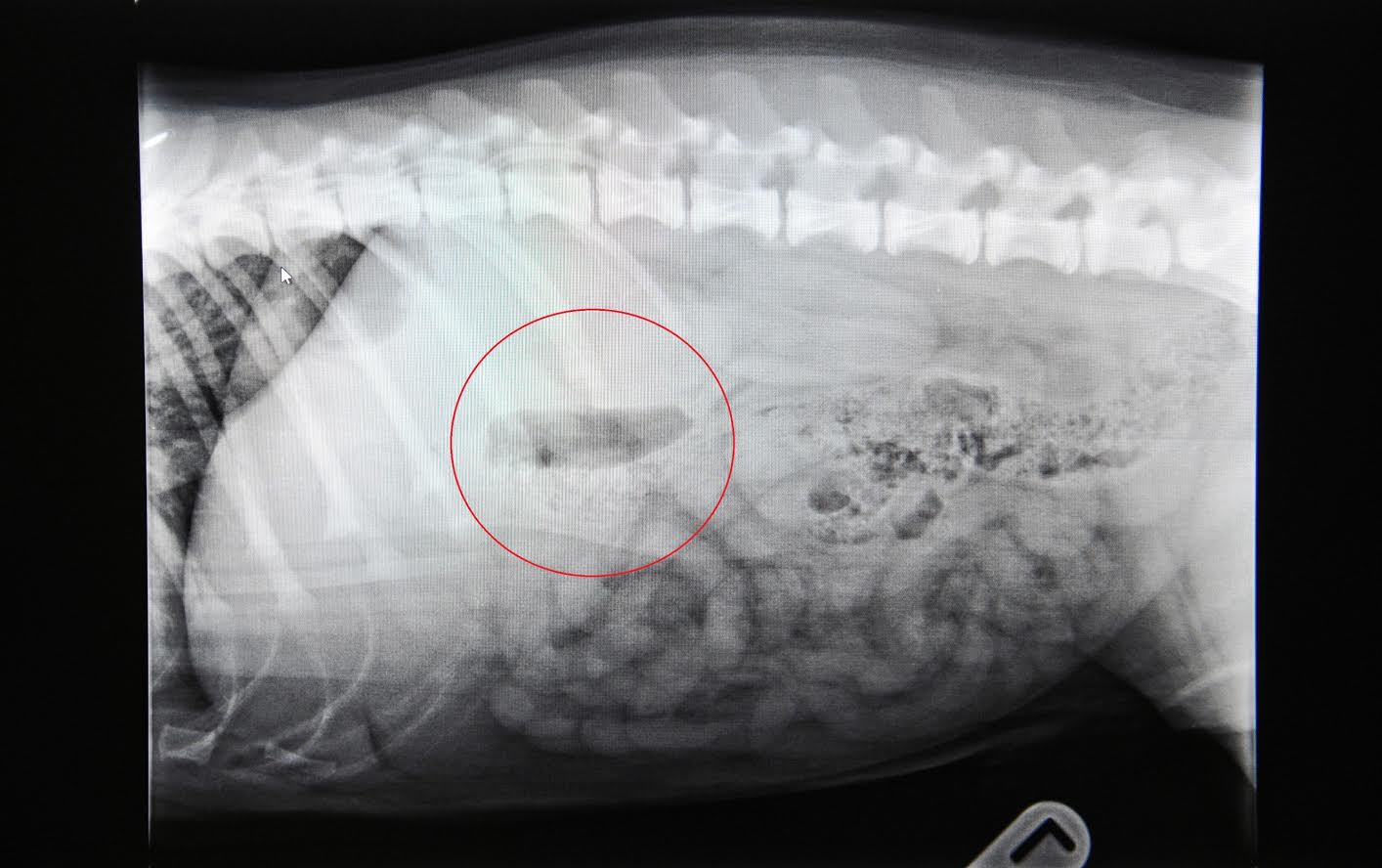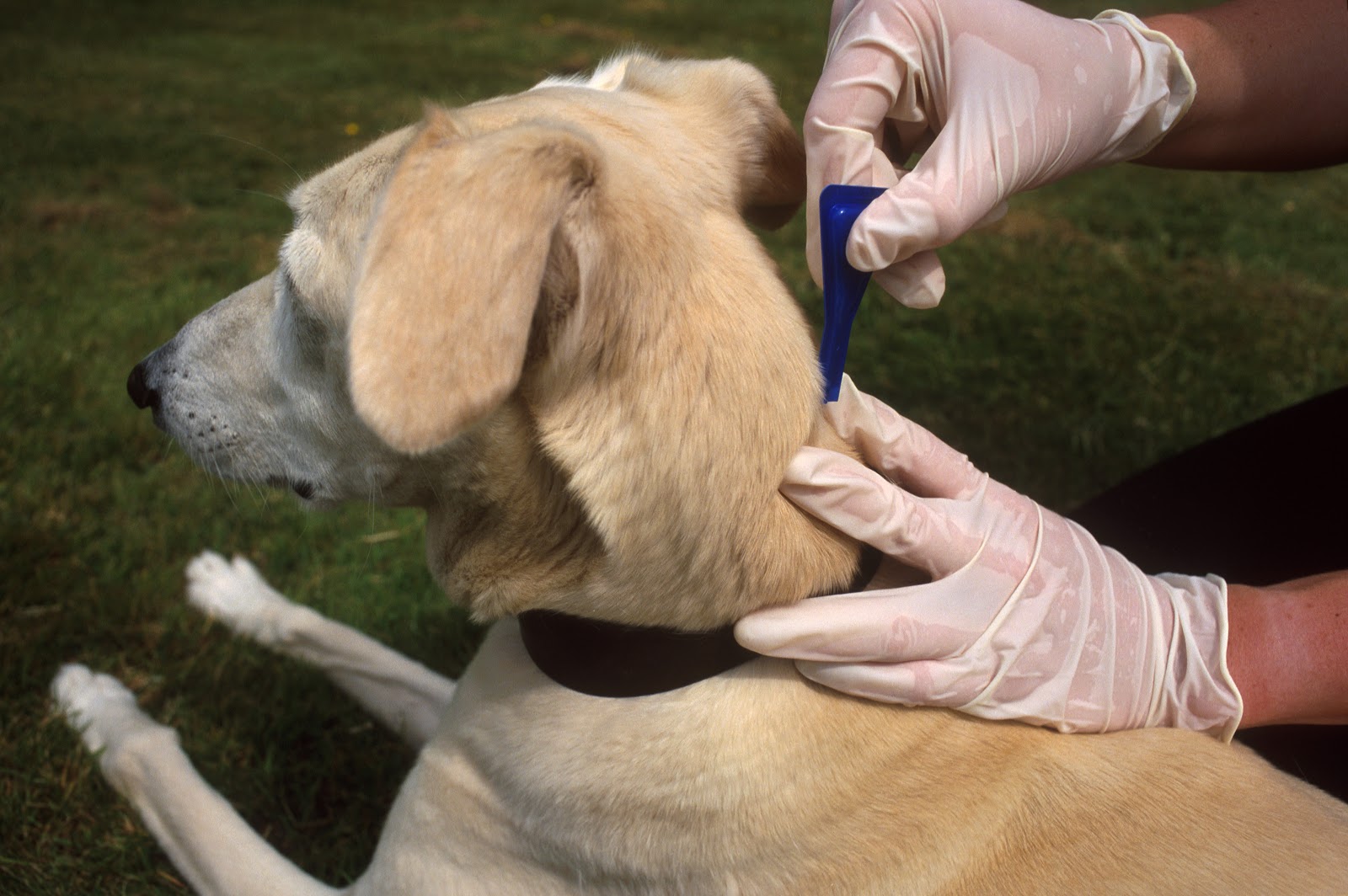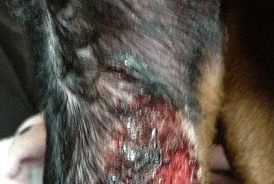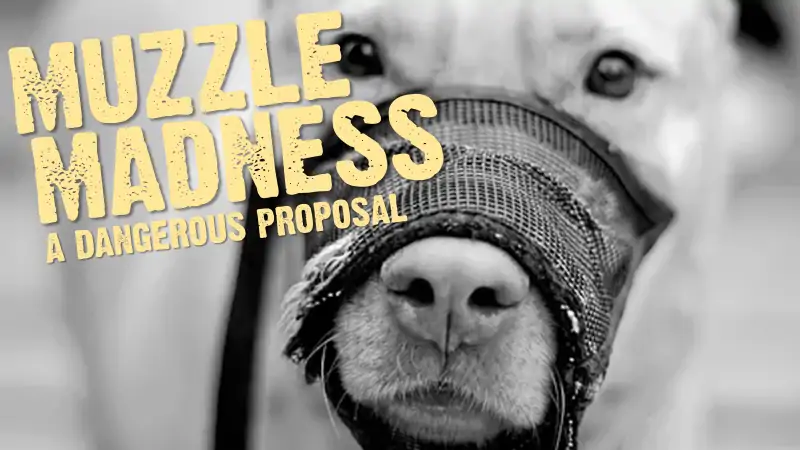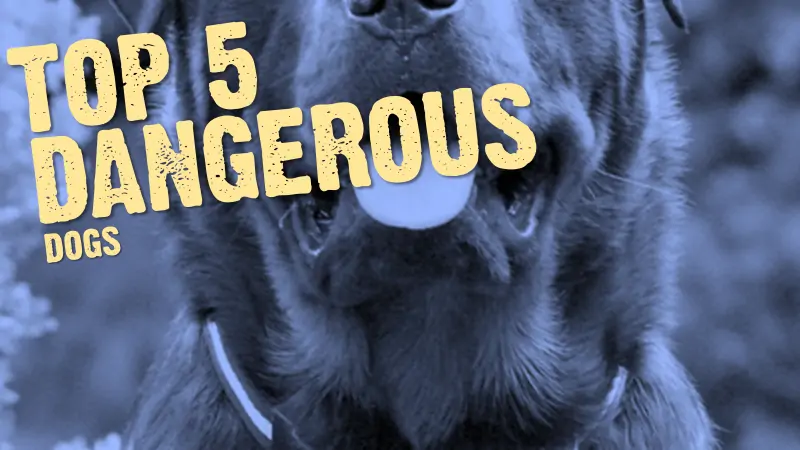If you haven’t ever wondered whether dogs can get carbon monoxide poisoning, you’re not alone. It’s most likely because it’s silent, unlike the various illnesses, ailments or sudden traumas that can affect our dogs, that it isn’t always one of the most immediate concerns at the forefront of our minds.
But dogs can get carbon monoxide poisoning and, sadly, they can die from it too. Just like humans.
Worryingly though, research, from a campaign called CO Be Alarmed! has revealed that almost a third of us could be putting our pets at risk from carbon monoxide (CO) poisoning.
A small investment can prevent tragedy
The analysis shows that UK pet owners spend on average almost £2,000 a year to keep their pets happy and healthy, yet almost a third (29%) either don’t have a carbon monoxide alarm or don’t know if they have one. A CO alarm can cost as little as £15.
For dogs who are left home alone for regular periods, the risk of getting carbon monoxide poisoning from a leaky fireplace, a malfunctioning boiler or any other source of gas should cause owners to think how they would feel if they’d just plain forget to get a carbon monoxide alarm.
Precautions to prevent carbon monoxide poisoning
Abbie Sampson, CO Be Alarmed! spokesperson said:
“Carbon monoxide is known as the ‘silent killer’ because you can’t see it, smell it or taste it – and that doesn’t just apply to us, our pets are at risk too.
“If CO is present in the home, everyone is at risk, and pets and children can be the first to show signs of CO poisoning. As pets are often left in confined spaces for extended periods of time, they can be particularly vulnerable.”
The new survey found that UK pet owners leave their pets at home alone for an average of three hours every day.
While nearly all pet owners (98%) believe that their pets are safe at home, nearly a third (28%) worry about the wellbeing of their pet at least once a day and over a third (36%) of UK pet owners have left a social outing early because they wanted to get home to their pet.
Despite this, nearly a third (29%) either don’t have, or know if they have, an inexpensive life-saving CO alarm. And of those who have an alarm, almost one in ten (8%) have never tested it or simply don’t know when it was last checked.
Carbon monoxide can be omitted by everyday household objects, like poorly maintained or faulty boilers or gas cookers, so a CO alarm is essential to make sure everyone is protected in the home.
Around 30 people die each year from carbon monoxide poisoning and another 4,000 are treated in hospital, but the true number is likely to be higher with early symptoms, including headaches, dizziness, nausea and breathlessness, easily mistaken for flu or tiredness.
Abbie said: “Carbon monoxide poisoning can be fatal but there are some simple, inexpensive steps that can protect everyone in your home. Follow our simple ABC checklist – Do you have an Alarm fitted? Have you tested it and are the Batteries working? Have you had an up to date gas Check? – will help keep you and your pets safe from CO poisoning.”
To raise awareness of the risk of carbon monoxide poisoning to pets in the home, the CO Be Alarmed! campaign is asking pet owners to post pictures of their pets with their #PawsUp to show they’re safe from CO.
Symptoms of carbon monoxide poisoning in dogs
- 1. Lethargy and general malaise
- 2. Sudden sickness and vomiting
- 3. Problems with breathing and short breath
- 4. Fitting and seizures
You can protect your dog and give yourself and your family greater peace of mind for less than the price of a takeaway meal.
Enter your email and never miss out on receiving our best articles:

